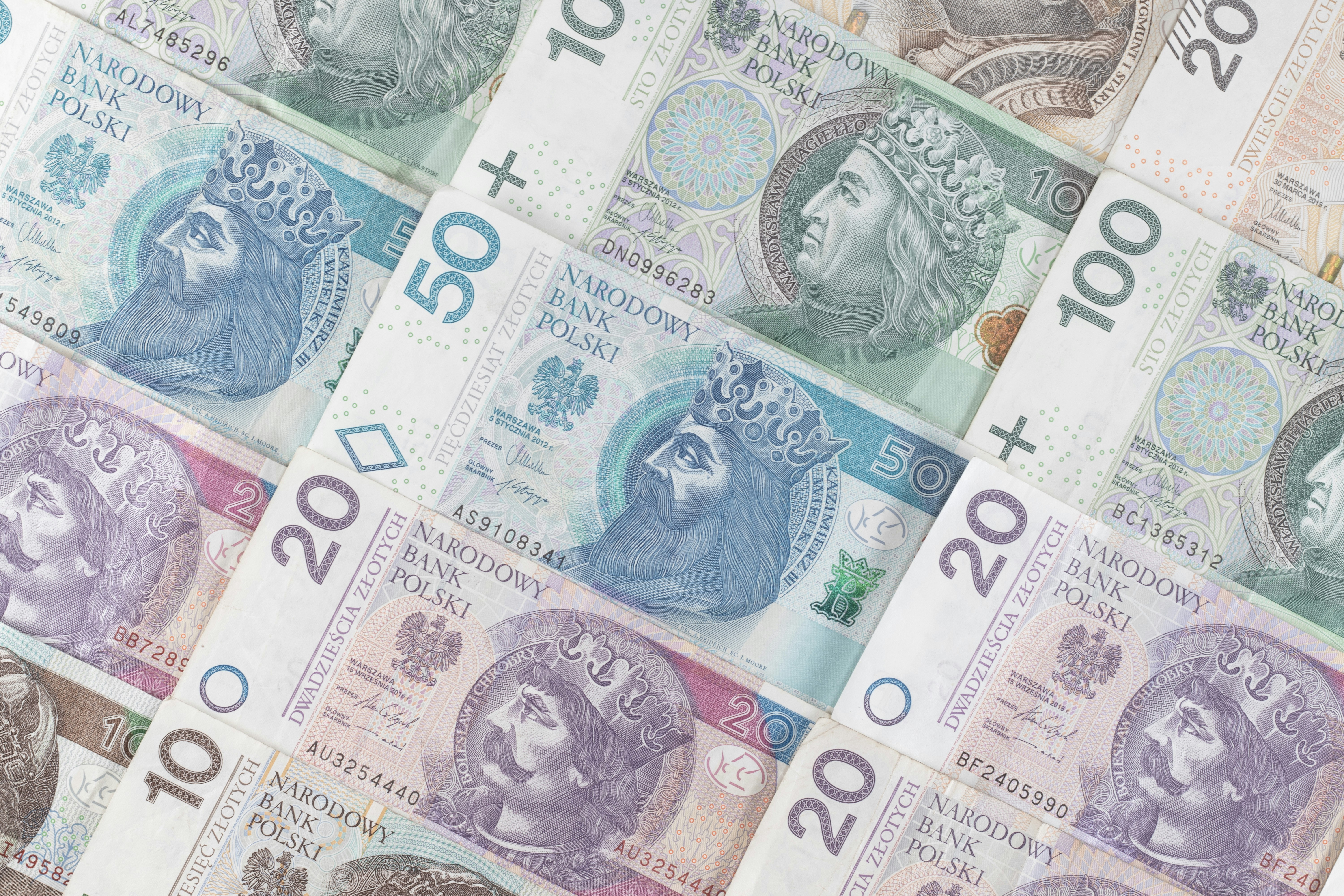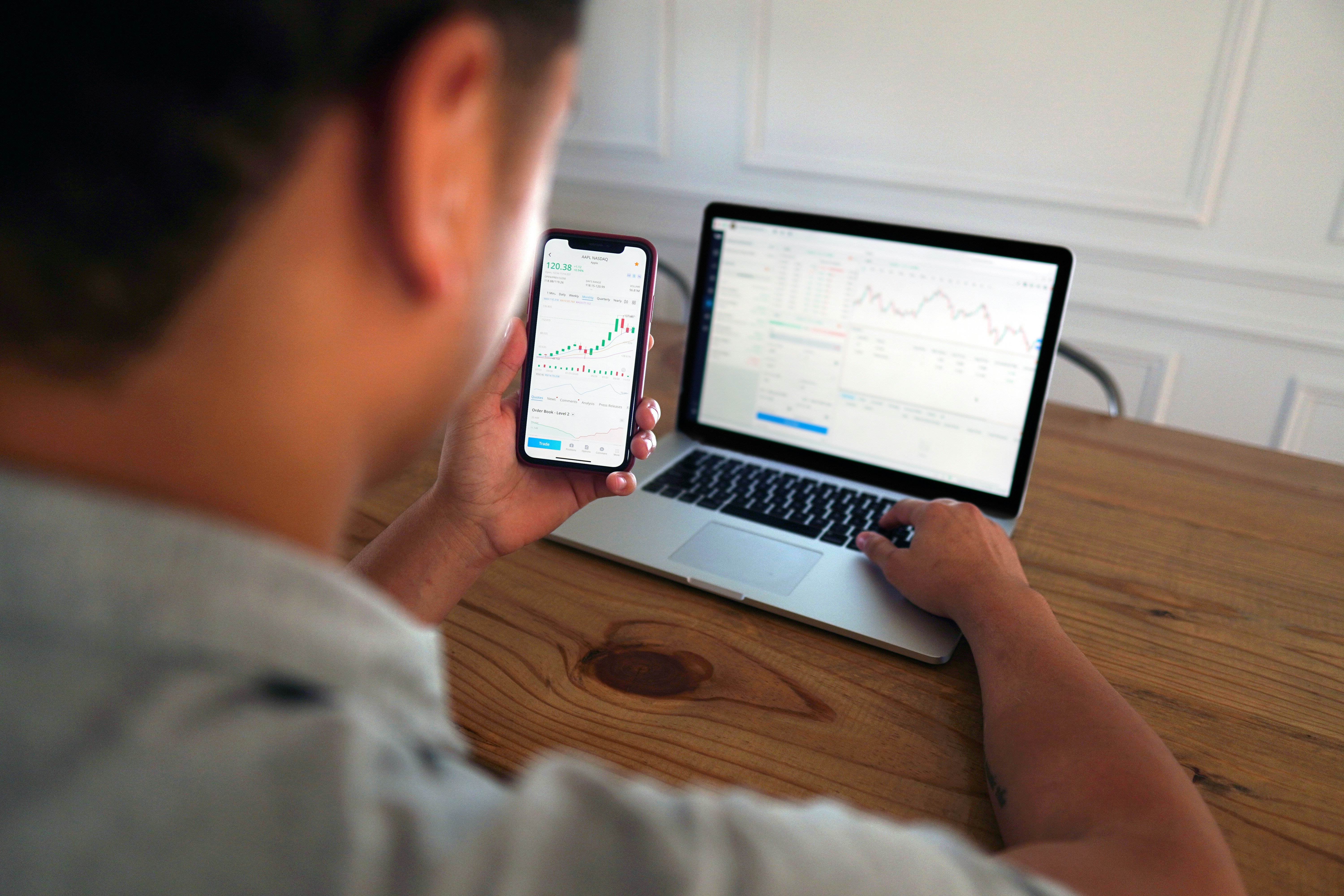Diagramă cu bare: Ce este, analiză tehnică, exemple și tipuri
Diagramă cu bare: ce este, analiză tehnică, exemple și tipuri Dacă sunteți interesat de tranzacționare, cu siguranță ați auzit despre diferite...
02.10.2025 04:00
DKK către PLN: Prognoza și predicțiile pentru 2025 și ulterior pentru coroana daneză către zlotul
DKK la PLN Forecast: Coroana daneză la Zlotul Prezicerea ratei de schimb valutar Prognoza cursului de schimb al coroanei daneze a cunoscut un ...
11.09.2025 03:36
Indicatorul mediei mobile exponențiale (EMA) în tranzacționarea acțiunilor
Indicatorul mediei mobile exponențiale (EMA) în tranzacționarea cu acțiuni Cuprins CONCLUZII CHEIE CE ESTE MEDIA MOBILĂ EXPONENȚIALĂ (EMA)? C...
02.09.2025 04:00
Predicția prețului aurului 2025, 2026 - 2030: Prognoza pentru 5, 10 și 20 de ani
Previziuni privind prețul aurului Prețul aurului este influențat de diverse aspecte economice și geopolitice, inclusiv inflația, politicile bă...
26.03.2025 16:38
Ce este tranzacționarea și cum funcționează? Ghid pentru începători
Ce este tranzacționarea și cum funcționează? Ghidul începătorului Lumea instrumentelor financiare a evoluat într-o lume fascinantă în care exi...
16.01.2025 01:35
Industria bunurilor de larg consum cu mișcare rapidă (FMCG): ce este, tipurile și profitabilitatea
Industria bunurilor de consum cu mișcare rapidă (FMCG) Industria bunurilor de larg consum este o componentă critică a economiei globale, cu o ...
11.12.2024 04:36

Ce este o analiză PEST? Beneficii și cazuri de utilizare în afaceri
Ce este o analiză PEST? Analiza PEST este un instrument strategic care ajută la înțelegerea factorilor externi care modelează oportunitățile ș...
10.12.2024 05:03

Prognoza dolarului către zlotul pentru 2025, 2026, 2027, 2028 - 2030: Predicție USD către PLN
Prognoza dolar-zloty pentru perioada 2025-2030 Înțelegerea dinamicii pieței valutare este esențială atât pentru investitorii începători, cât ș...
08.11.2024 03:53
Cum să creezi un robot forex în MT4 și MT5
Cum să creați un robot forex în MT4 și MT5 Tabel de conținut INTRODUCERE PRINCIPALELE CONCLUZII ÎNȚELEGEREA ROBOȚILOR FOREX ȘI A CONSILIERILO...
29.10.2024 18:33
Prețul mediu ponderat în funcție de volum (VWAP) - Semnificație și calcul
VWAP Cuprins: PRINCIPALELE CONCLUZII CE ESTE VWAP? IMPORTANȚA PREȚULUI MEDIU PONDERAT AL VOLUMULUI CUM SE CALCULEAZĂ VWAP CUM SĂ UTILIZAȚI ...
26.08.2024 17:36

Modele armonice explicate pentru începători
Modele armonice Tabel de conținut: PRINCIPALELE CONCLUZII CE SUNT MODELELE ARMONICE? PROBLEME CU ARMONICELE TIPURI DE MODELE ARMONICE DE CE...
22.08.2024 12:10
Levier operațional - definiție, formulă și exemple
Levierul operațional Tabel de conținut: PRINCIPALELE CONCLUZII CE ESTE EFECTUL DE LEVIER OPERAȚIONAL? FORMULA EFECTULUI DE LEVIER OPERAȚIONAL...
21.08.2024 11:01
Modelul Lumânării - Ce este și cum să îl citești
Modelul lumânării Cuprins: Ce este un model de lumânare? Cum se citește un model de lumânare Șase modele de lumânări bullish Șase modele de ...
19.08.2024 22:59
Derivate - Definiții, Tipuri, Avantaje și Dezavantaje
Derivate - Ce sunt acestea? În ultima perioadă, traderii sunt din ce în ce mai atrași de conceptul de instrumente derivate. Aceste instrumente...
24.07.2024 15:12
Model de steag - Ce este și cum funcționează
Modelul steagului Cuprins: Ce este un steag? Cum funcționează un model steag Diferite tipuri de steaguri pe care ar trebui să le urmăriți Ce...
17.07.2024 15:38
Ordin de preluare a profitului - Definiție și exemple
Ordinul Take-ProfitTabel de conținut: CE ESTE UN ORDIN DE TAKE PROFIT? CUM FUNCȚIONEAZĂ UN ORDIN DE TAKE PROFIT? EXEMPLU DE ORDIN TAKE PROFIT ...
09.07.2024 14:44
)
Ce este Forex? Un ghid pentru începători
Ce este Forex? Un ghid pentru începători Piața valutară, denumită în mod obișnuit Forex, reprezintă fundamentul comerțului și investițiilor la...
09.06.2024 14:37
Teoria undelor Elliott - Ce este și cum funcționează
Teoria undelor Elliott Cuprins CE ESTE TEORIA UNDELOR ELLIOTT? PRINCIPALELE CONCLUZII CE ESTE PRINCIPIUL UNDELOR ELLIOTT? CARE ESTE ISTORICU...
04.06.2024 16:23
Niveluri de retragere Fibonacci pentru tranzacționare
Ce sunt nivelurile de retragere Fibonacci? Cuprins: Ce sunt nivelurile de retragere Fibonacci? Secvența și raporturile Fibonacci în cuvinte si...
03.06.2024 16:48
Prognoza și predicțiile prețurilor gazelor naturale pentru 2025, 2030 și ulterior
Prognoza gazelor naturale și previziunile privind prețurile pentru 2025, 2030 și mai târziu Cuprins Concluzii Previziuni și prognoze privind p...
09.04.2024 00:21
Prognoza pentru rata SEK-USD în 2025, 2026 și ulterior
Prognoza coroanei suedeze față de dolar pentru 2025 și mai departe Fiind una dintre principalele monede din zona europeană și una dintre prime...
05.03.2024 08:02